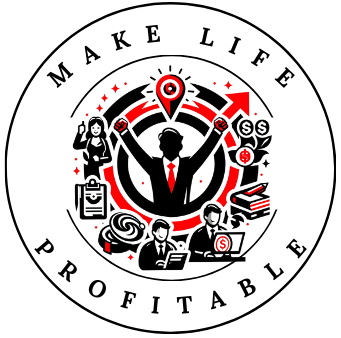
First things first, knowing who you’re writing for is the bedrock of building an engaged audience. You can’t please everyone, so you need to know exactly who you’re aiming to reach with your content.
Start by defining your target audience. What are their interests? What problems are they looking to solve? The more specific you can be, the better. Think of it as crafting a profile for your ideal reader. Age, occupation, hobbies – everything matters here.
Once you have a rough idea, it’s time to dive into audience research. This means looking into forums, social media groups, and even other blogs that cater to a similar crowd. Pay attention to the kind of questions and topics that get a lot of engagement and interest. This isn’t just about spying on the competition; it’s about understanding what your audience cares about.
Creating reader personas can be super helpful. These are fictional but detailed representations of your ideal readers based on data and insights. Give them names, backstories, and even favorite pastimes. It might sound a bit quirky, but it can make your content much more targeted and relevant.
Don’t overlook the power of analytics and feedback. Use tools like Google Analytics to get insights into what posts are catching fire and which ones are fizzing out. Pay attention to comments, surveys, and emails from your readers. They’re gold mines of information about what your audience loves and what they could do without.
Creating Valuable and Consistent Content
It’s one thing knowing your audience, but you’ve gotta roll up your sleeves and serve up content that keeps them coming back for more. This starts by zeroing in on your niche. You can’t be an expert in everything; focusing on a specific theme or area helps establish you as an authority and makes it easier for readers to know what to expect.
With your niche pinned down, put together a content calendar. Think of it as your roadmap, helping you plan ahead and ensuring you publish consistently. Consistency isn’t just about regular postings – it’s about maintaining quality, too.
Quality content is king. Your posts should be well-researched, packed with value, and written in a voice that resonates with your readers. Don’t be afraid to inject some personality and keep things conversational; dry, robotic content can turn off even the most interested reader.
Spice up your posts with multimedia. Images, videos, infographics – these aren’t just eye candy. They can break up text, illustrate your points better, and make your blog more engaging. Plus, they’re great for sharing on social media, which helps draw more eyes to your content.
Engaging with Your Readers

Keeping your readers engaged isn’t just about pushing out content. It’s a two-way street. Encouraging comments and discussions is a great way to start. A blog isn’t a soapbox; it’s a conversation. Ask open-ended questions at the end of your posts. Make it easy for readers to share their thoughts.
Replying to reader feedback is crucial. When someone takes the time to comment, acknowledge them. A simple ‘thank you’ or a thoughtful reply can go a long way. It shows you value their input and are listening. This builds a sense of community.
Host webinars and live sessions. These are excellent platforms for engaging with your audience in real time. They offer a more personal touch and make it possible to address questions and concerns on the spot. Plus, they can be recorded and repurposed as content later.
Social media isn’t just for sharing your posts. Use it to build a community. Join relevant groups, engage in discussions, and share insights. Create a dedicated group or page for your blog where your readers can interact not just with you but with each other. This sense of belonging can turn casual readers into committed followers.
Analyzing and Adapting for Growth

Once you’ve got your audience hooked with engaging content and active interaction, keeping them loyal demands constant growth. Monitoring key performance indicators (KPIs) is your compass. Look at metrics like page views, average time on page, and bounce rates. These give you a clear picture of what’s working and what needs tweaking.
Conduct regular content audits to keep your blog fresh and relevant. Review older posts to see if they can be updated or repurposed. Evergreen content should get periodic check-ups to ensure all information is accurate and current. This boosts your SEO and keeps your content valuable to readers.
Implement SEO best practices without letting them sabotage your content’s quality. Keywords are important but should never come at the cost of readability and user experience. Use them smartly in your headings, subheadings, and naturally throughout your posts. Optimize your images and ensure your site’s mobile-friendly.
Adapt your strategy based on performance data. If certain types of posts get more engagement, create more of that content. Pay attention to your readers’ feedback and adjust accordingly. Sometimes a minor tweak can lead to major growth. Stay flexible and willing to experiment; the digital landscape is always shifting. Keep nurturing your audience. Engaged readers are your blog’s biggest asset. With dedication and a listener’s mindset, your blog can become a thriving community.
 Find out how to create a great blog that might even make you part-time to full-time money. Check out Wealthy Affiliate!
Find out how to create a great blog that might even make you part-time to full-time money. Check out Wealthy Affiliate!

